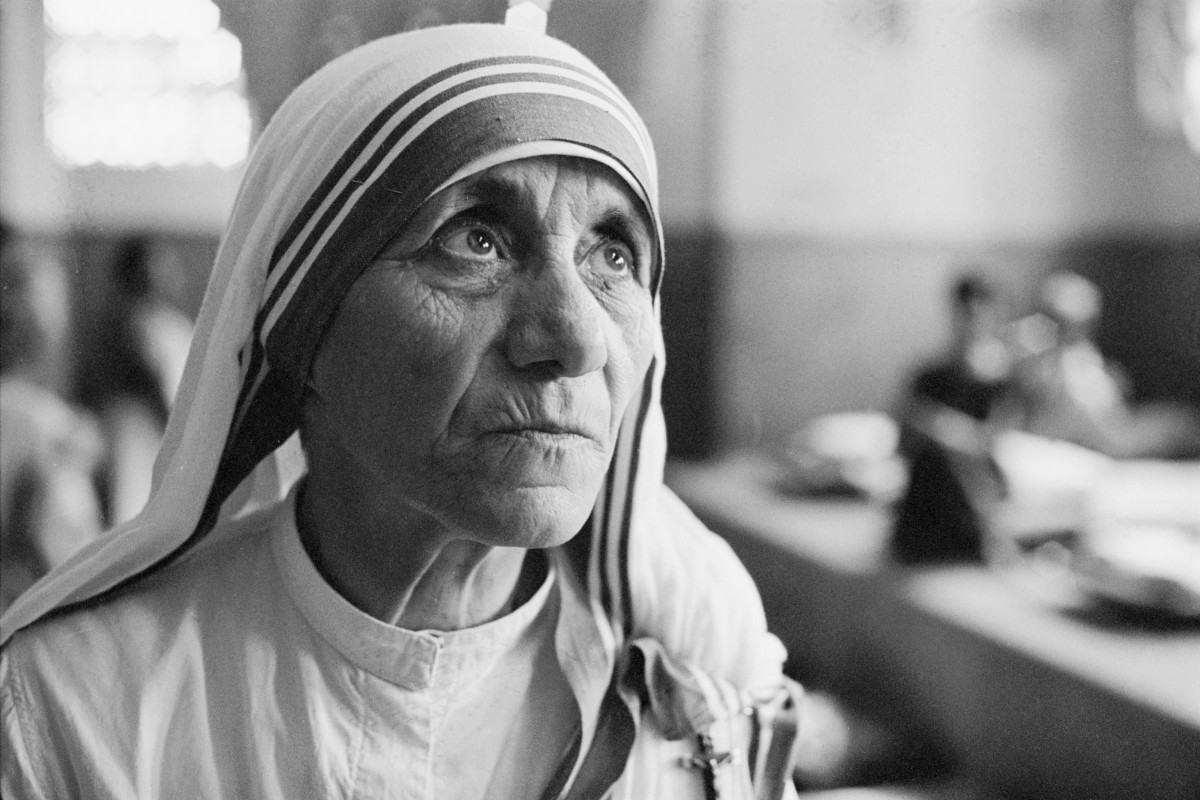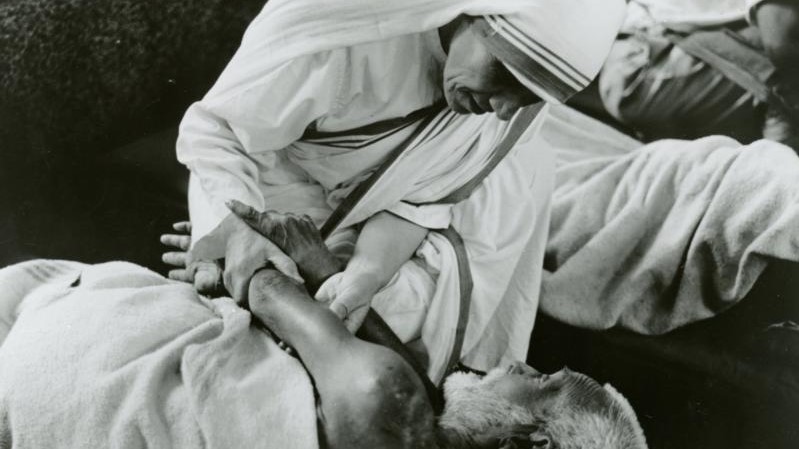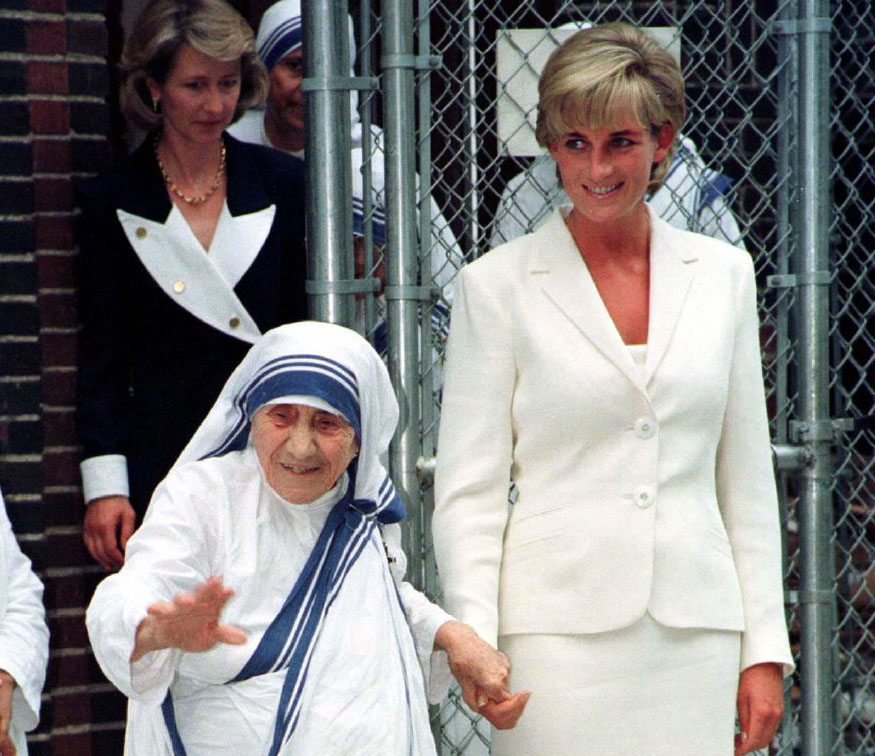Mother Teresa: Early life, death, missionaries of charity, quotes.

Mother Teresa was born on 26 August 1910. She was a Roman Catholic nun who devoted her life to helping the destitute around the world. She spent many years in Calcutta, India where she established the Missionaries of Charity, a religious congregation devoted to helping those in great need. In 1979, Mother Teresa was awarded the Nobel Peace Prize and became a symbol of charitable, selfless work. In 2016, Mother Teresa was dedicated by the Roman Catholic Church as Saint Teresa.
The early life of Mother Teresa
Mother Teresa was born in 1910 in Skopje, the capital of the Republic of Macedonia. Not much is known about her early life, but at a very young age, she could feel a calling to be a nun and serve by serving the unfortunate. At the age of 18, she was permitted to join a group of nuns in Ireland. After a few months of coaching, with the Sisters of Loreto, she was then permitted to travel to India. She took her formal vows in 1931 and preferred to be named after St Therese of Lisieux – the patron saint of missionaries.
Mother Teresa starts the Missionaries of Charity
When she reached India, she started working as a teacher. However, the widespread poverty of Calcutta made a profound impression on her, and this led to her beginning a new order called “The Missionaries of Charity”. The principal objective of this mission was to look after people, who nobody else was prepared to look after. Mother Teresa felt that serving others was a primary principle of the teachings of none other than Jesus Christ. She often mentioned the saying of Jesus.

Mother Teresa in Calcutta
She experienced two particularly devastating periods in Calcutta. The first was the Bengal famine of 1943 and the second was the Hindu/Muslim violence in 1946, before the partition of India. In 1948, she left the convent to remain full-time among the poorest of Calcutta. She preferred to wear a white Indian sari, with a blue border, out of respect for the traditional Indian dress. For many years, Mother Teresa and a small group of fellow nuns survived on insignificant income and food, often having to beg for funds. But, slowly her efforts with the most disadvantaged were noted and recognised by the local community and Indian politicians.

In 1952, she opened her first home for the sick, which allowed people to die with dignity. Mother Teresa often spent time with those who were dying. Some have criticised the lack of proper medical attention, and their refusal to give painkillers. Others say that it afforded many neglected people the opportunity to die knowing that someone cared.
Her work spread around the world. By 2013, 700 missions were operating in over 130 countries. The range of their work also expanded to cover orphanages and hospitals for those with terminal illnesses.
Mother Teresa never sought to convert those of another religion. Those in her hospices were given the religious rites relevant to their faith. However, she had a very firm Catholic faith and took a strict line on abortion, the death penalty and divorce – even if her position was unpopular. Her whole life was inspired by her faith and religion, even though at times she admitted she didn’t feel the presence of God.
The Missionaries of Charity now has branches all over the world including branches in the developed world where they work with the homeless and people affected by AIDS. In 1965, the organisation became an International Religious Family by a declaration of Pope Paul VI.
In the 1960s, the life of Mother Teresa was brought to wider public attention by Malcolm Muggeridge who wrote a book and produced a documentary called “Something Beautiful for God”.
In 1979, she was awarded the Nobel Peace Prize “for work undertaken in the struggle to surmount poverty and distress, which also commissions a threat to peace.” She didn’t attend the ceremonial banquet but asked that the $192,000 fund be given to the poor.
In later years, she was more engaged in western developed countries. She commented that though the West was materially prosperous, there was often a spiritual poverty.
When she was asked how to promote world peace, she replied,” Go home and love your family”.
Mother Teresa death
She took her last breath on September 5, 1997. Over the last two decades of her life, Mother Teresa suffered various illnesses, but nothing could prevent her from fulfilling her mission of serving the poor and needy. Until her very last illness she was active in travelling around the world to the different branches of The Missionaries of Charity. During her last few years, she met Princess Diana in the Bronx, New York. The two died within a week of each other.

Following Mother Teresa’s death, the Vatican began the process of beatification, which is the next step on the way to canonization and sainthood. Mother Teresa was formally beatified in October 2003 by Pope John Paul II. In September 2015, Pope Francis announced:
“Mother Teresa, in all aspects of her life, was a generous dispenser of divine mercy, making herself available for everyone through her welcome and defence of human life, those unborn and those abandoned and discarded,”
“She bowed down before those who were spent, left to die on the side of the road, seeing in them their God-given dignity. She made her voice heard before the powers of this world so that they might recognize their guilt for the crime of poverty they created.”
Mother Teresa was a living saint who offered a great example and inspiration to the world.
Awards awarded to Mother Teresa
- The first Pope John XXIII Peace Prize. (1971)
- Kennedy Prize (1971)
- The Nehru Prize –“for the promotion of international peace and understanding”(1972)
- Albert Schweitzer International Prize (1975),
- The Nobel Peace Prize (1979)
- States Presidential Medal of Freedom (1985)
- Congressional Gold Medal (1994)
- U Thant Peace Award 1994
Mother Teresa Quotes
“It is not how much we do,
but how much love we put in the doing.
It is not how much we give,
but how much love we put in the giving.”
“Whatever you do to the least of my brethren, you do it to me.”
“Love cannot remain by itself – it has no meaning. Love has to be put into action, and that action is service .”
“Not all of us can do great things. But we can do small things with great love.”
“The hunger for love is much more difficult to remove than the hunger for bread.”
Related videos
-
Women Health: Is There Any Ideal Age to Get Pregnant? Know What Medical Expert Suggests ...
-
Meet Apoorva Mukhija, All About Her Rise On Reels, Controversies, Net Worth, & Debut On ...
-
Exclusive Interview With House of Chikankari Founder, Akriti Rawal, About Her Business Journey ...
-
IND vs ENG : इंग्लैंड दौरे के लिए जल्द रवाना होंगे Gautam Gambhir, ...









